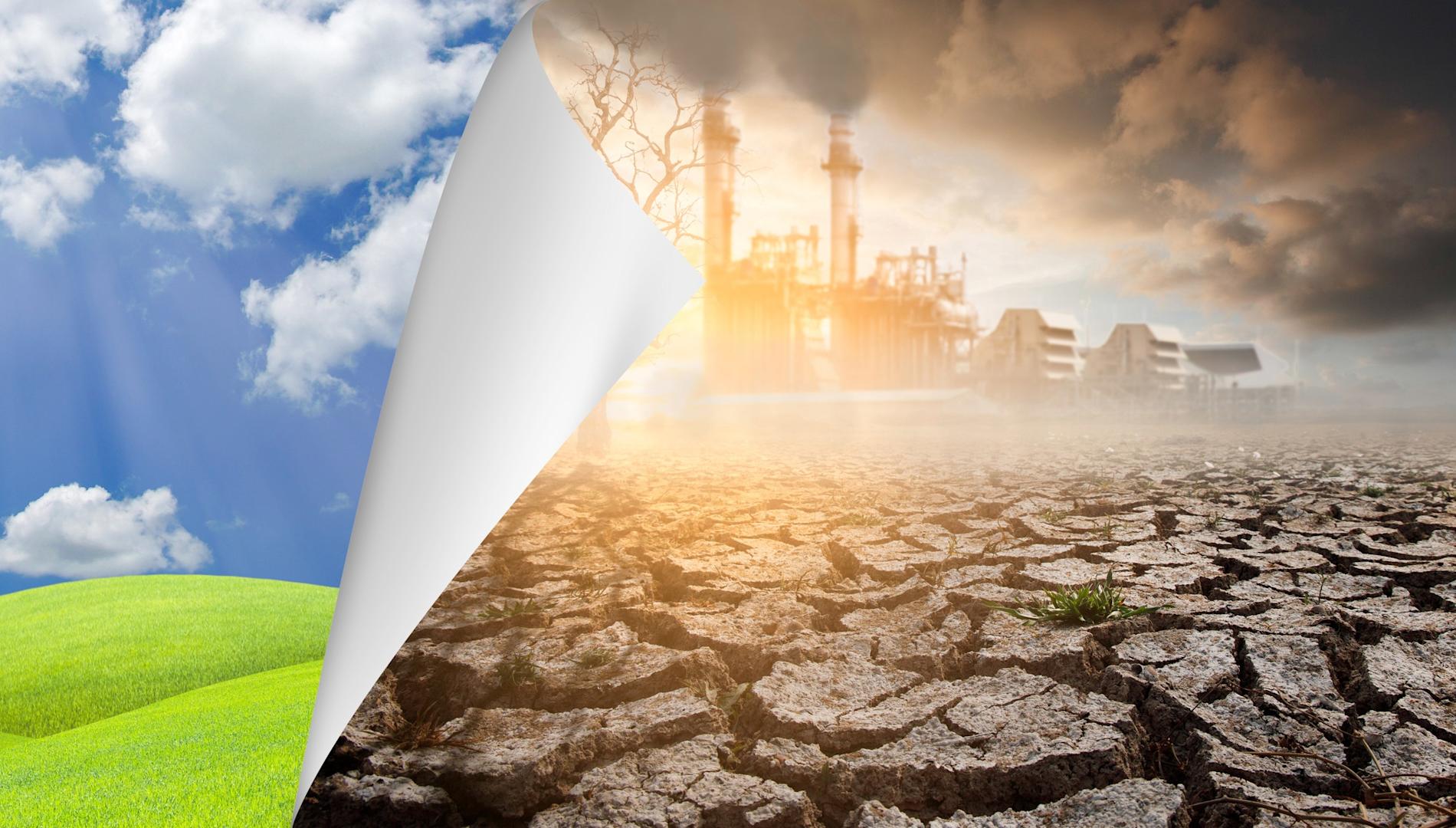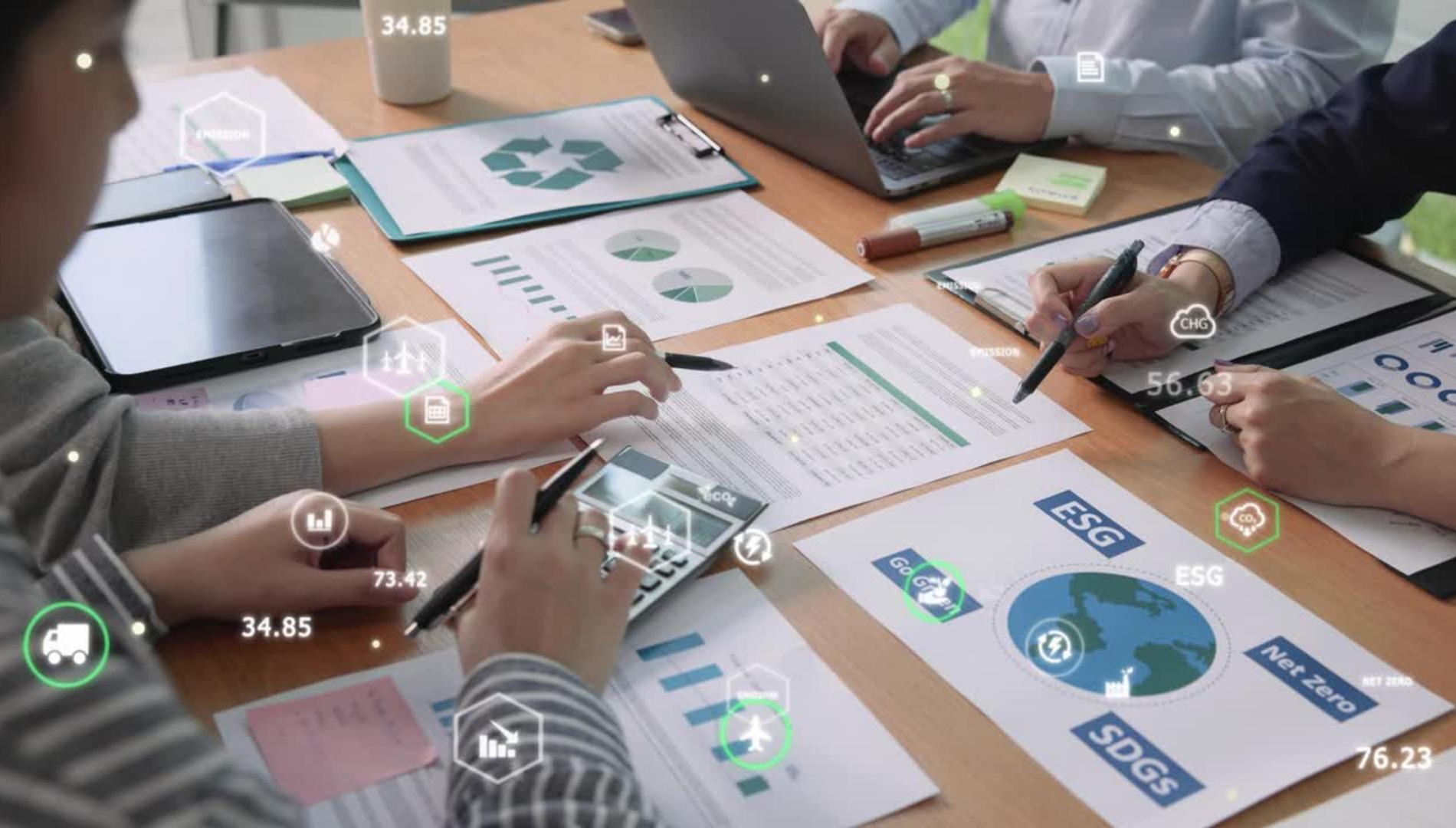COP29: Defining indicators for climate adaptation progress
While most of the attention at the forthcoming COP29 in Baku, Azerbaijan, will be on advancing efforts to mitigate climate change and share the cost of loss and damage equitably, the poor cousin of mitigation – adaptation – will also be an important discussion. As we slip further behind in achieving climate targets, adaptation becomes more important.
Adaptation is the space between what we achieve in curtailing greenhouse gas emissions that drive climate change, and the impacts of changing climate felt by people, economies and nature through loss and damage.
It is, in a sense, a balancing item – the better we do on mitigation, the less required of adaptation to avoid loss and damage (and the reverse).
One problem is that if mitigation is a global problem that can be crystallised in a single global target, adaptation, addressing the impacts of climate change, is a local problem because impacts will differ, and localities will require local priorities to be set and addressed.
The adaptation response will vary by region based on local priorities and values.
Adaptation is something of a poor cousin because, in a sense, prioritising adaptation implies defeat on mitigation. It will require costly transformation to address challenges that we often don’t know or fully understand. There will not always be win-win outcomes; some may be lose-lose.
Is there a politician that will want to own those outcomes?
Adaptation progress lagging
Progress on adaptation has been slow. Navigating the politics of the United Nations Framework Convention on Climate Change isn’t easy when some of the worst impacts of greenhouse gas emissions are in countries that have contributed least, when some countries have developed high standards of living off the back of carbon-polluting industries, and others aspire to those standards of living.
The need to adapt to changing climate was recognised early in the UNFCCC process, but not seen as urgent.
It came into its own within the UNFCCC process in the build-up to COP16 (2010) in Cancun that produced the Cancun Adaptation Framework, with plans for a UNFCCC Adaptation Committee to lead on the issue, and national adaptation plans.
Adaptation was cemented into climate change governance in the 2015 Paris Agreement. Article 7.1 defines the Global Goal on Adaptation of “enhancing adaptive capacity, strengthening resilience and reducing vulnerability to climate change”.
It recognised the link between adaptation and mitigation, and established new national reporting tools.
Read more: Friend or foe? The problem with AI and greenwashing
Parties have long recognised the complexity of adaptation; that different national circumstances and capabilities mean actions need to be country-driven, gender-sensitive, participatory, and fully transparent taking into account vulnerable groups, communities and ecosystems (UNFCCC, 2019, 25 Years of Adaptation).
With this complex set of drivers, it’s not surprising it took another eight years, at COP29 (2023), to agree a process for addressing adaptation – the Global Framework for Climate Resilience – and set seven thematic targets for adaptation.
This led to the current project of defining indicators of progress towards the targets.
Identifying and developing indicators
The two-year UAE-Belém work program on indicators was launched at COP28 to assemble indicators for measuring progress towards targets set in the framework. The decision asked for existing indicators to be identified and, where they didn’t exist, to develop indicators, as well as potential quantified elements for the targets.
The program kicked off earlier this year with a call for submissions on how the program would work and how the indicators would be assembled. This was summarised and a workshop held in May to discuss what the UNFCCC quaintly refers to as “modalities” and implementation of the task.
As the program moved into the details, the complexity of different interests, different capacities and capabilities became apparent.
Countries were also resistant to a proposal that could become a top-down global scorecard that compared countries regardless of their capacity. They argued for a system that enabled rather than compared.
Read more: More women in leadership roles needed to address climate crisis
Parties were also conscious that indicators already exist that are relevant to adaptation; indicators that underpin the Sustainable Development Goals and the Sendai Framework for Disaster Risk Reduction, as well as indicators countries may already be using in their adaptation communications and Nationally Determined Contributions (NDCs).
When the call went out for submissions on indicators in the middle of this year, more than 160,000 entries of metadata for more than 5000 indicators were submitted.
After an initial sorting regarding thematic targets and process elements of the framework, the job of sifting through submitted indicators was assigned to groups of technical experts.
Groups of technical experts were selected because of their expertise in a particular thematic target area or part of the framework process, while at the same time providing for appropriate geographic and gender balance, as well as a mix of interests from developing countries, small island states, and so on.

Proposals met with caution
With only a few weeks to form as a group and consider the range of indicators put forward, the technical experts presented their initial thoughts at a workshop in October. The output of the workshop was intended to be available for consideration in Baku in November.
The expert groups did a good job in the time available in producing initial thoughts including duplication, overlap, indicators that served multiple targets, quantitative and qualitative indicators, and indicators with no data available at all.
However, this process also revealed ambiguities and contradictions in the instructions to the technical groups.
Proposals by the experts to improve or redefine the process were met with a caution. The point was made that the words had meaning within the political process, and that process needed to be respected. Words were generally the result of a long and tedious negotiation process.
Read more: Cleaning up the aviation industry: Australia’s sky-high climate responsibility
The workshop largely fulfilled its objective and considered how the indicators could be mapped, how overlaps could be considered, and gaps covered.
This will form part of the political consideration by the participants in Baku while the technical experts continue to work through their spreadsheets of indicators awaiting greater clarity on purpose.
In Baku, the participants will have to give further thought to purpose. Is it to produce a menu of indicators from which countries/regions can draw as they progress their adaptation process (a passive role), or is it to develop a checklist that will increase transparency of adaptation processes to accelerate transformational change (a more active role)?
Dr Michael Spencer this year took part in two UNFCC workshops on indicators for tracking progress on adaptation. Monash Business School’s Green Lab will host a series of roundtables to discuss climate adaptation starting on 28 November, following the conclusion of COP29.
Monash is pioneering a path to a greener, smarter, more equitable and sustainable future, where emissions are lower, and the natural environment and humans thrive. We look forward to participating at COP29, where we aim to accelerate global action on sustainability, empowering diverse voices from across the Indo-Pacific and influencing superior policy outcomes across a broad range of issues. Find out more monash.edu/cop29








